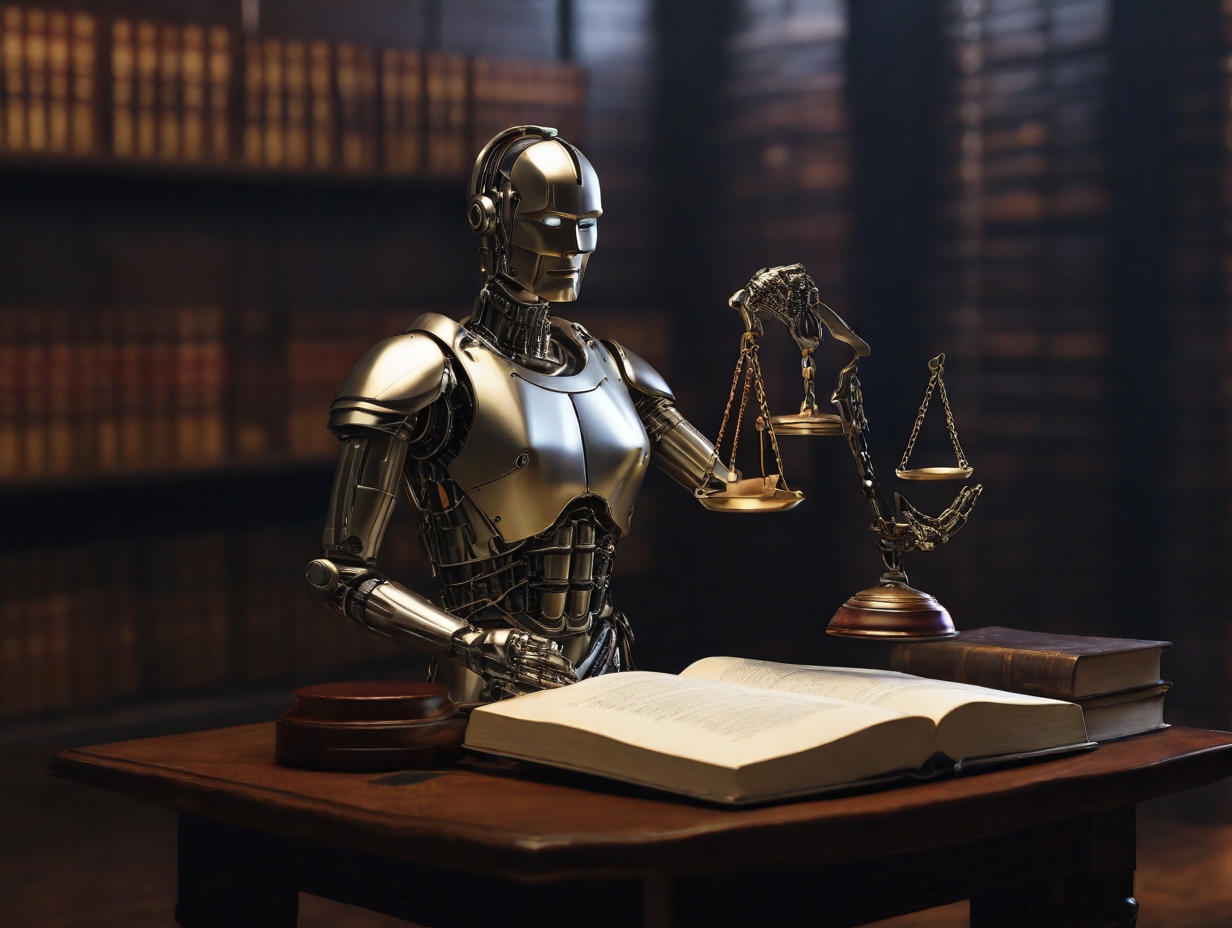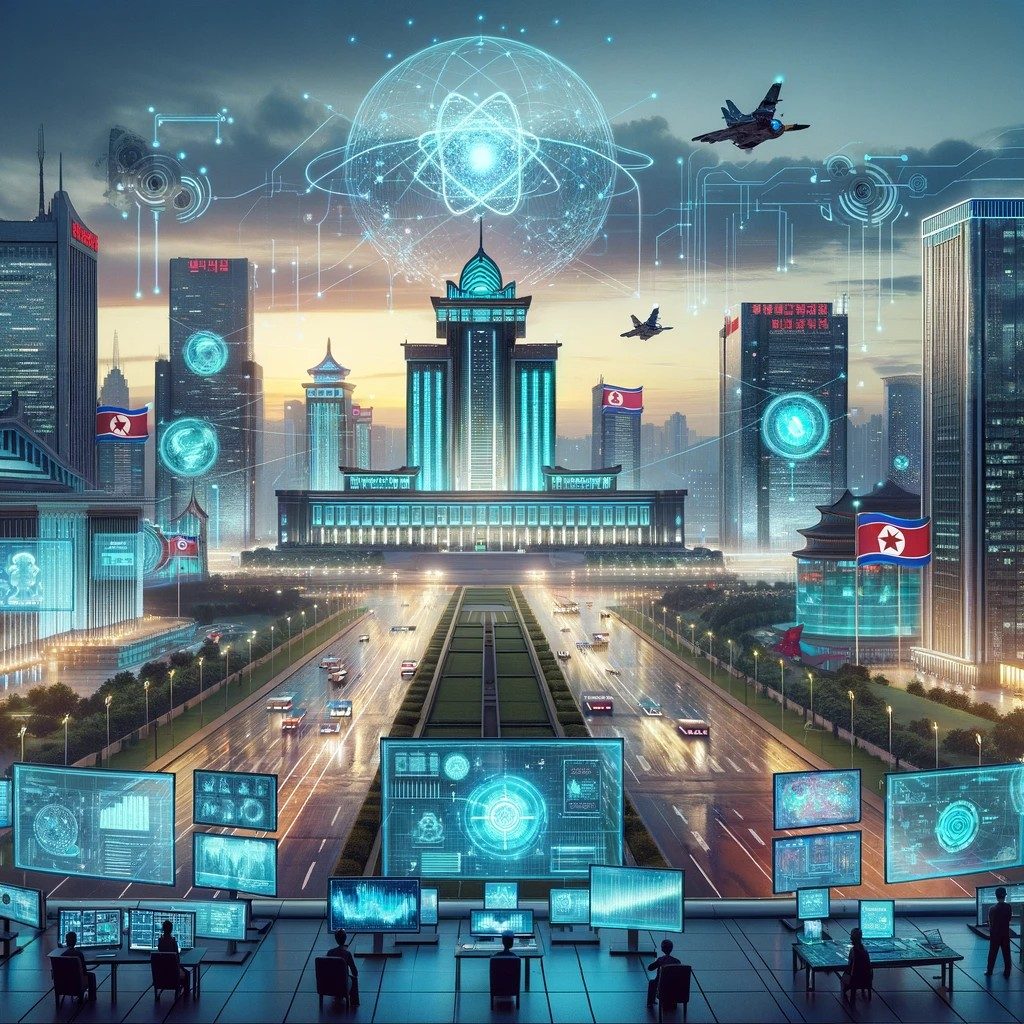In recent months, the intersection of artificial intelligence (AI) and copyright law has been thrust into the spotlight as creators across various industries challenge the use of their works in training AI models. A pivotal ruling on February 12, delivered by Judge Araceli Martínez-Olguín, sheds light on the evidentiary requirements for plaintiffs concerned about copyright infringement in the burgeoning AI industry.
The case: Plaintiffs vs. OpenAI
A group of authors, including comedian Sarah Silverman, brought a case against OpenAI, developer of the widely used chatbot ChatGPT, alleging vicarious copyright infringement. However, Judge Martínez-Olguín dismissed the claim, emphasizing the need for evidence of substantial similarity between the plaintiffs’ works and the outputs generated by ChatGPT.
The dismissal of the vicarious infringement claim underscores the importance of demonstrating substantial similarity between the allegedly infringing work and the original copyrighted material. While direct copying is crucial to infringement claims, plaintiffs must establish significant resemblances between the works.
A critical distinction highlighted in the ruling is the focus on the outputs produced by AI models rather than the inputs used for training. While plaintiffs argued that OpenAI directly copied text from their books to train ChatGPT, the judge emphasized that the alleged infringement pertained to the content generated by the AI model itself.
Protecting expressive material
The judge’s decision underscores the fundamental principle of copyright law: protection of specific expressions rather than abstract ideas or concepts. Despite the influence of prior works on new creations, copyright infringement hinges on the reproduction of substantial portions of copyrighted material without authorization.
Artistic evolution has always been intertwined with the reinterpretation and reimagining of existing works. As AI technologies evolve, they contribute to this ongoing creative process by synthesizing diverse sources of inspiration into new, original expressions.
While Silverman and her co-plaintiffs may face challenges in proving direct copying or substantial similarity, other plaintiffs in similar cases may have stronger grounds for legal action. Cases involving verbatim recitation of copyrighted material by AI tools, as seen in complaints by the New York Times and music publishers, present clearer instances of potential infringement.
As the AI industry grows, creators must navigate the complex intersection of technology and copyright law. The ruling in the case against OpenAI provides valuable guidance for plaintiffs seeking to protect their creative works in the digital age. Evidence of direct copying or substantial similarity will be crucial in establishing copyright infringement claims against AI companies.
By adhering to these legal principles and presenting compelling evidence, creators can safeguard their intellectual property rights and uphold the integrity of artistic expression in an increasingly AI-driven world.





